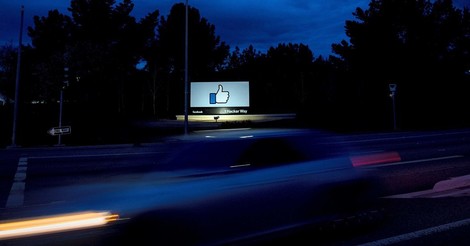Your podcast discovery platform
Curious minds select the most fascinating podcasts from around the world. Discover hand-piqd audio recommendations on your favorite topics.

piqer for: Global finds Technology and society
Prague-based media development worker from Poland with a journalistic background. Previously worked on digital issues in Brussels. Piqs about digital issues, digital rights, data protection, new trends in journalism and anything else that grabs my attention.
The Business Of Internet Outrage
Last month, more than a dozen explosive devices were sent to top Democratic figures and critics of President Donald Trump, including former President Barack Obama, former Secretary of State Hillary Clinton, actor Robert De Niro and philanthropist George Soros, among others. Cesar Sayoc, the suspect accused of sending the mail bombs, was open about his criticism of Democrats and his support for Republicans, as suggested by his Trump-stickered van and on his social media. Among a multitude of partisan posts and links to sensationalist right-wing news sites posted by Sayoc was Mad World News, a site rated as "questionable" by Media Bias/Fact Check due to its "extreme right-wing bias and failed fact checks."
On New York Times podcast The Daily, technology and business columnist Kevin Roose talks to the founders of Mad World News, providing a rare and interesting glimpse behind the scenes of the partisan news outlet, surprisingly uncovering a rather down-to-earth business run by an ordinary Joe and an average Jane. At first just a side project, the site turned into a highly profitable business that used outrage and partisanship to generate a serious profit. But then suddenly the website's traffic plummeted, turning off the money tap. All because of Facebook's 2018 algorithm tweaks that gave priority to content from friends and family — not publishers and businesses — in users’ News Feeds.
"They noticed that over and over again, the most reliable way to get people to click on a story is to make them angry (...) Armed with that knowledge, they started turning up the volume on the anger in their posts, especially on posts about race, and immigration, and Muslim extremism (...) And the more they dialled up the anger, the more successful they were,"we learn in the podcast.
Stay up to date – with a newsletter from your channel on Technology and society.
